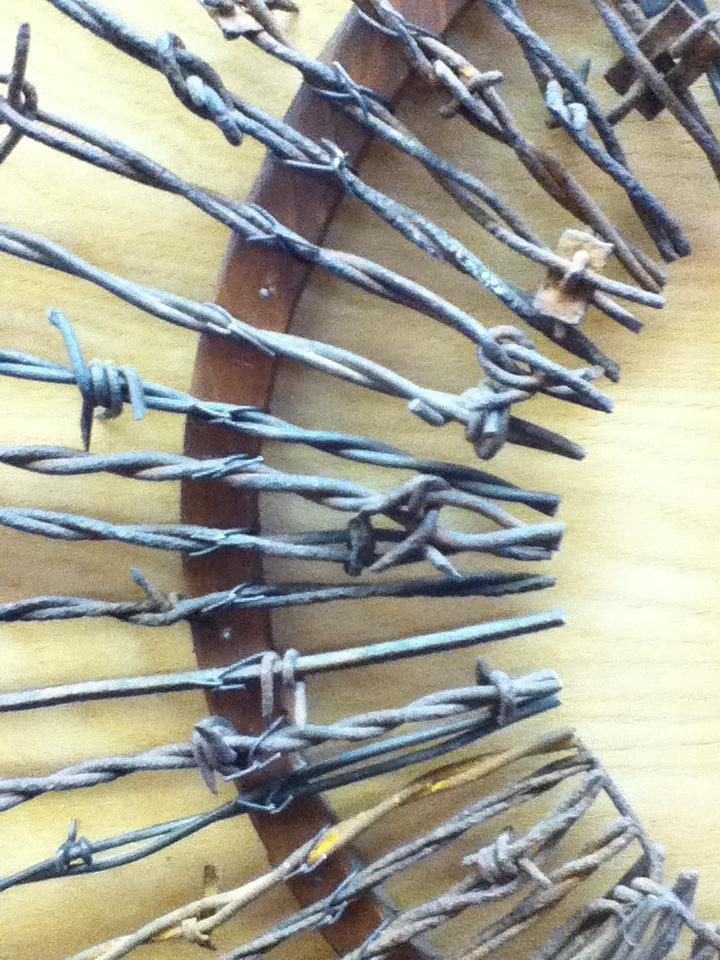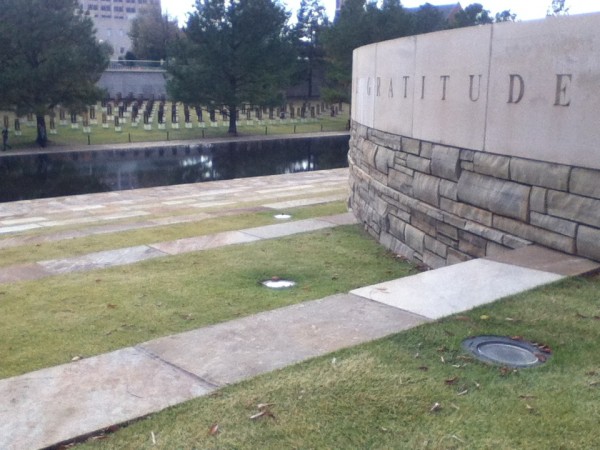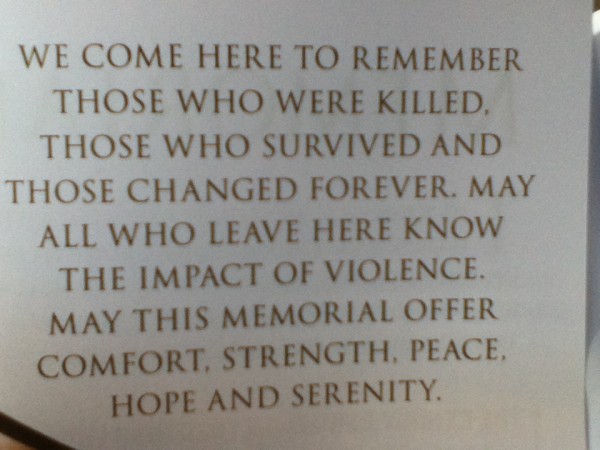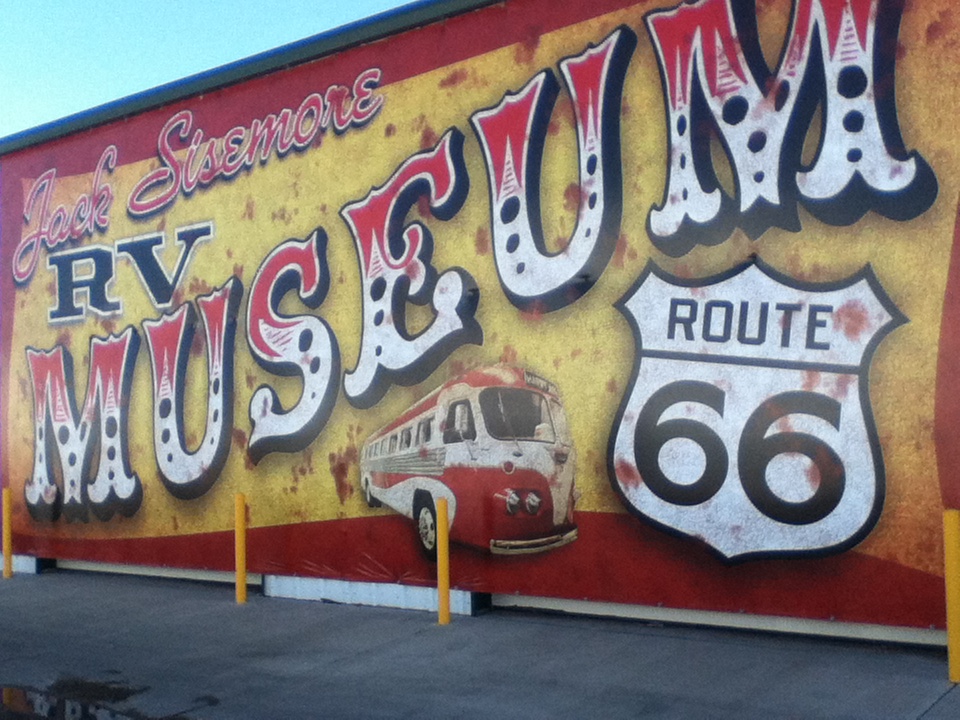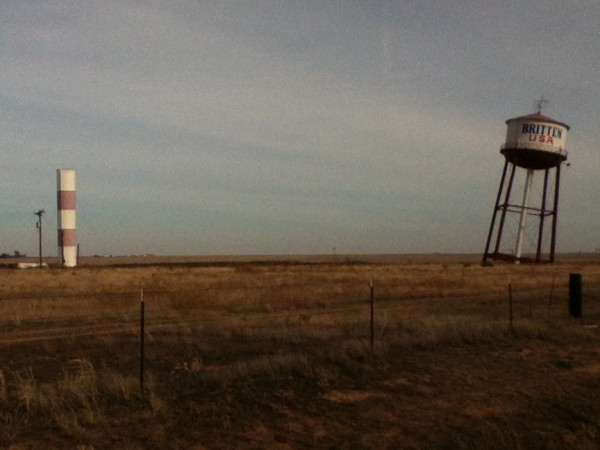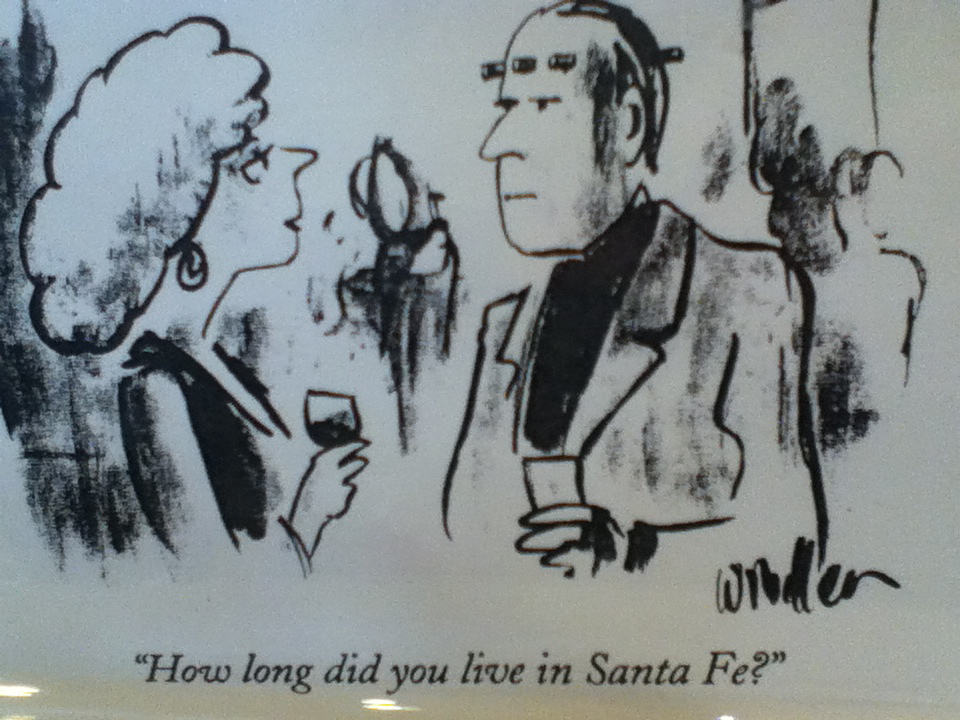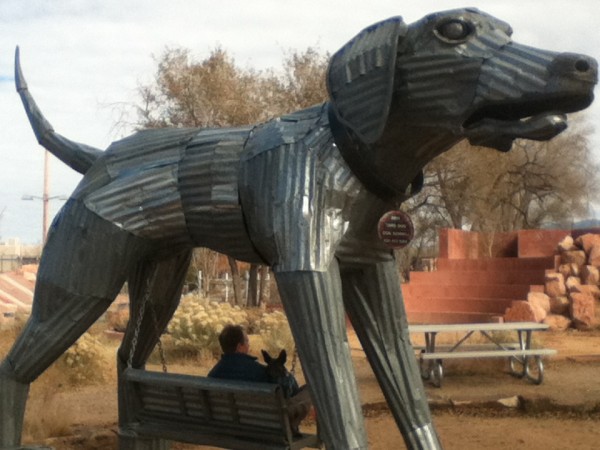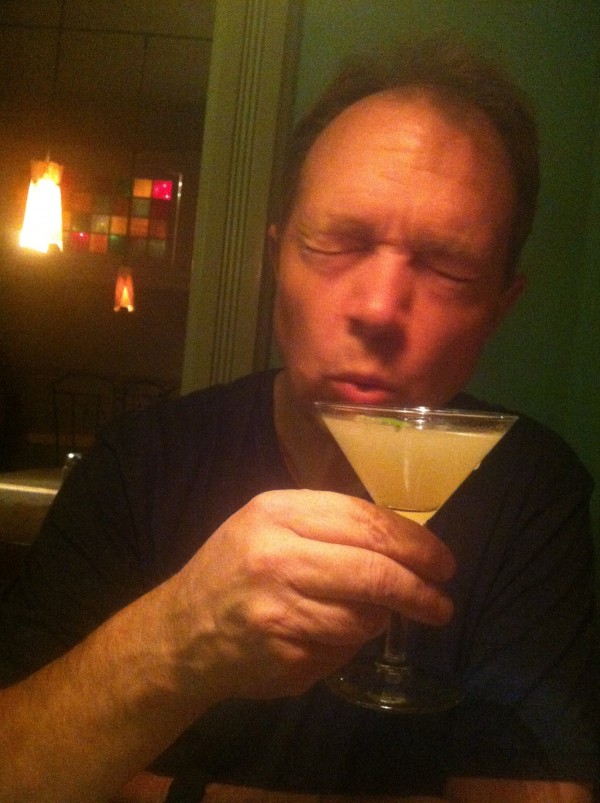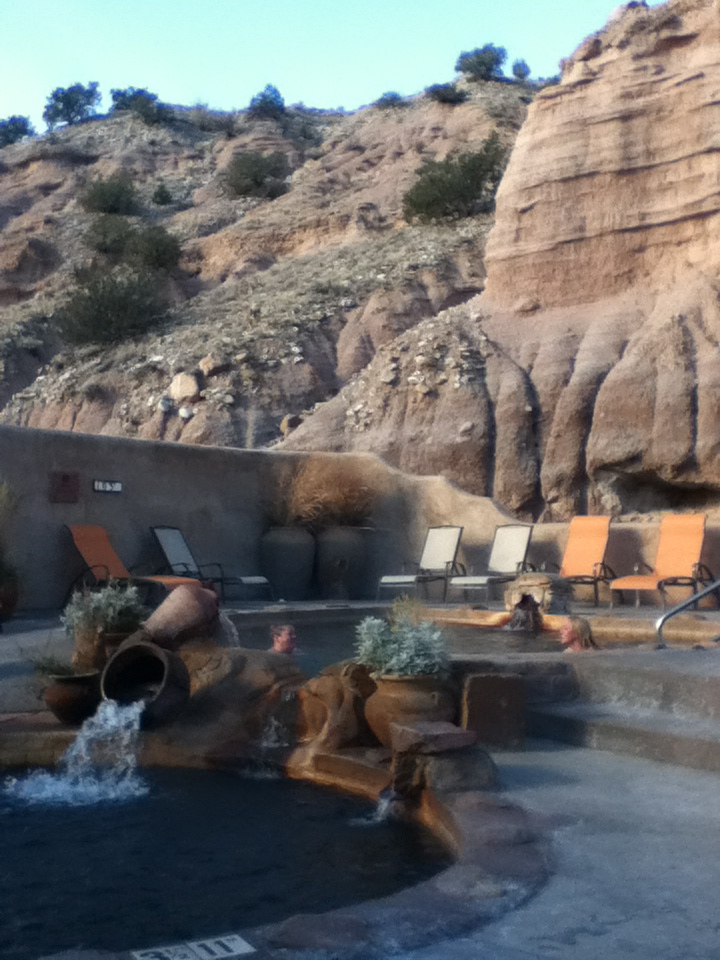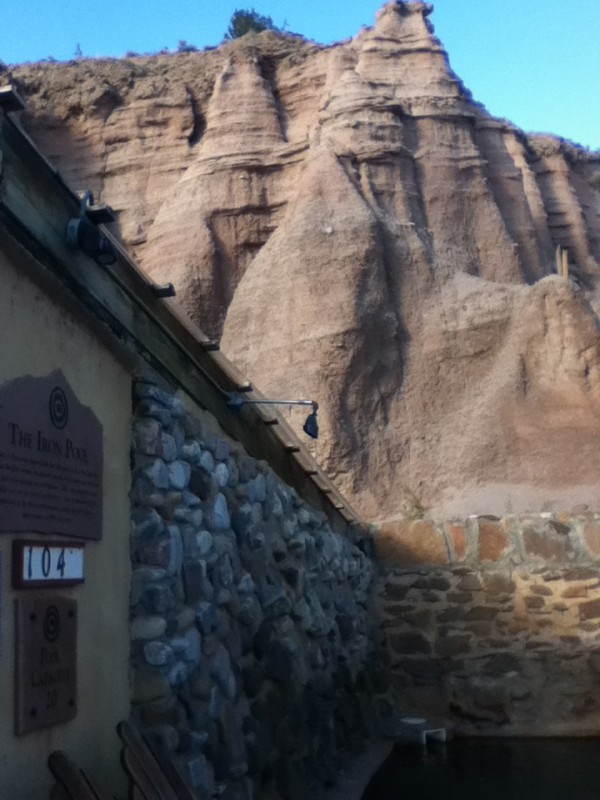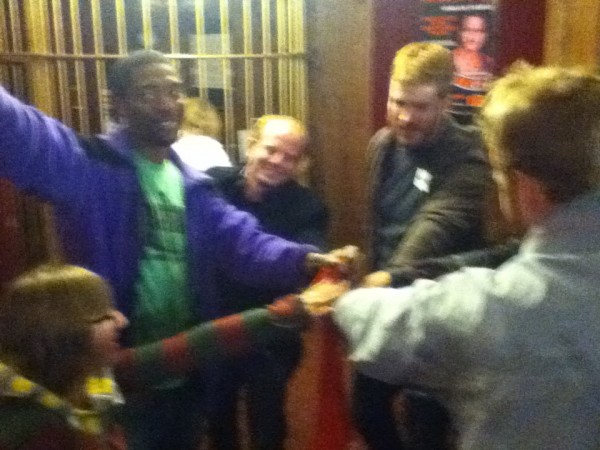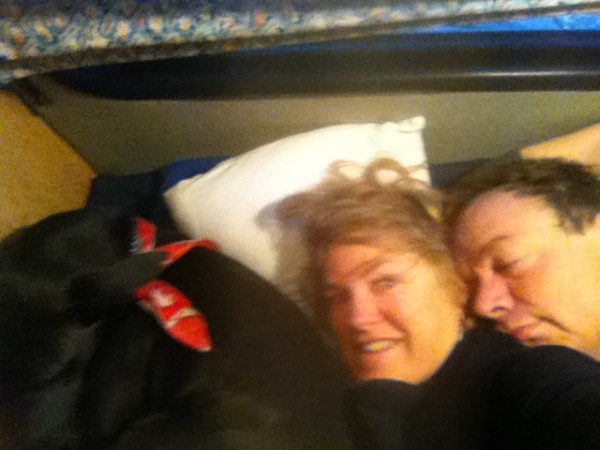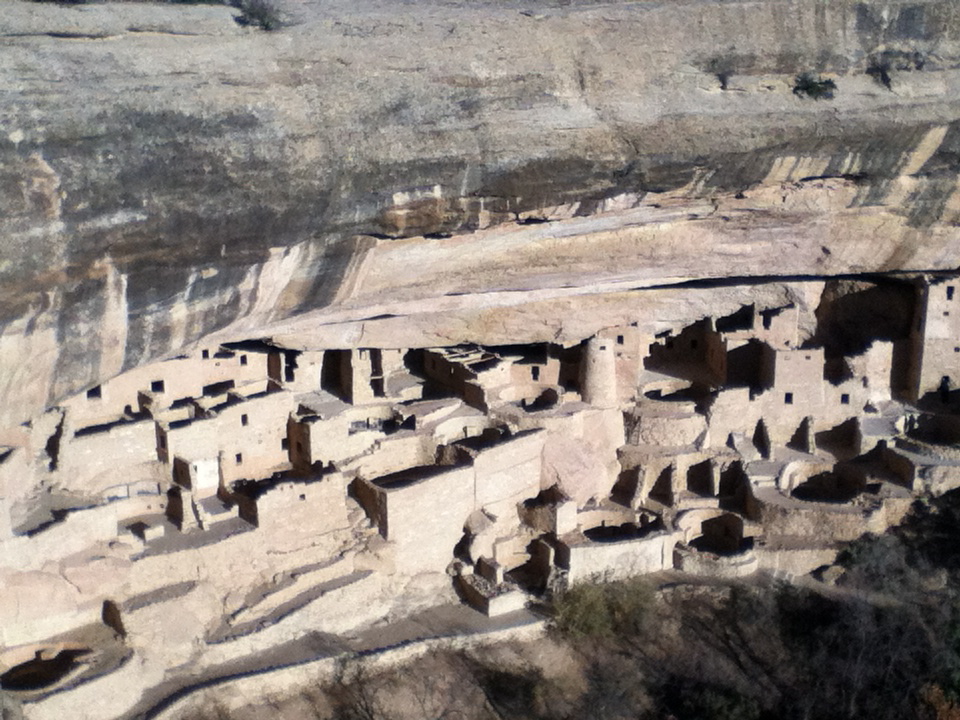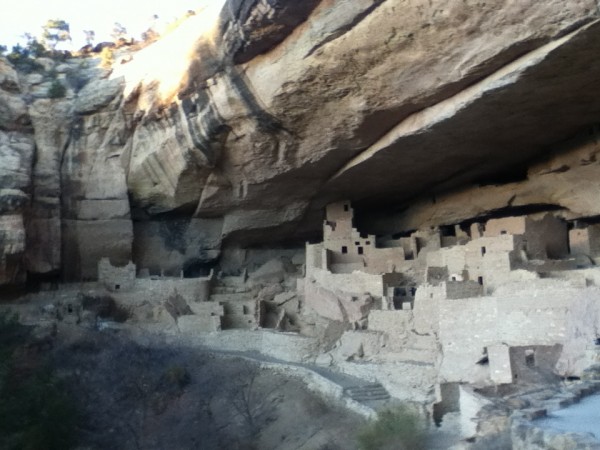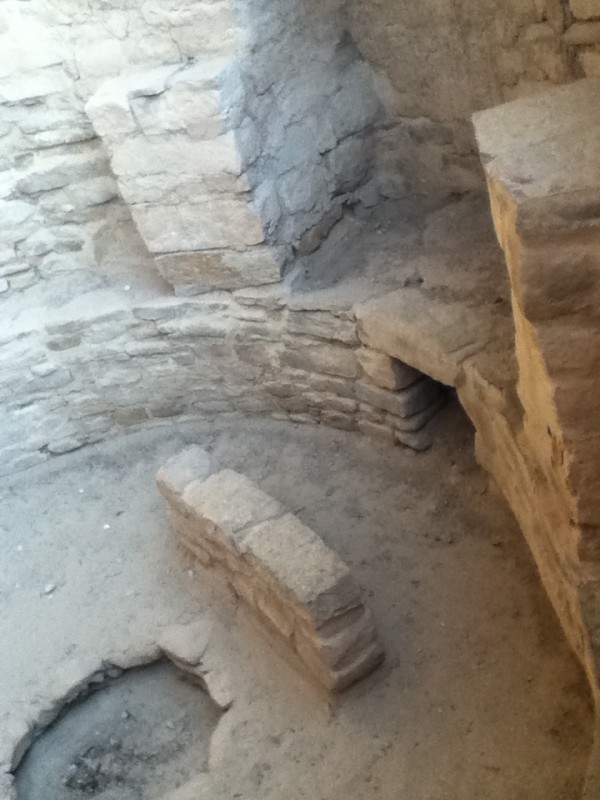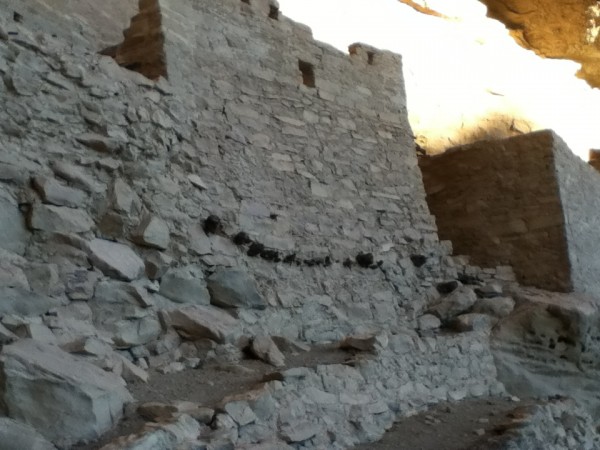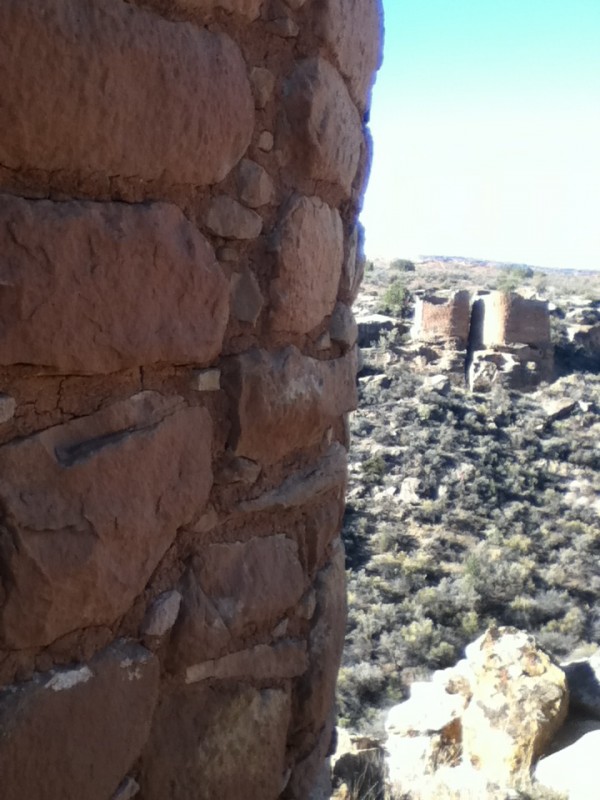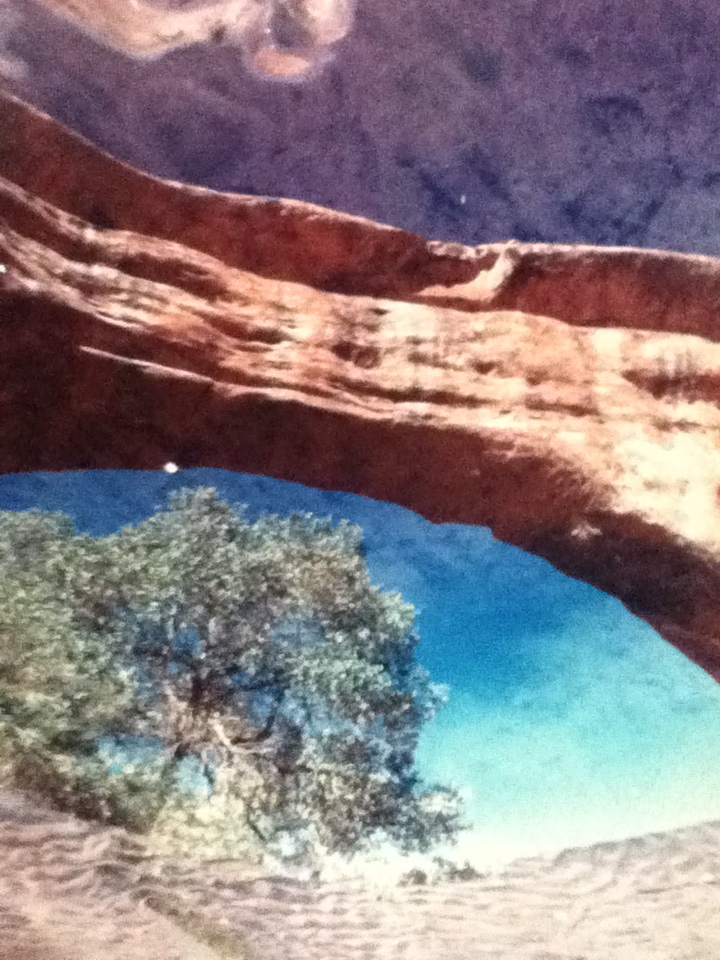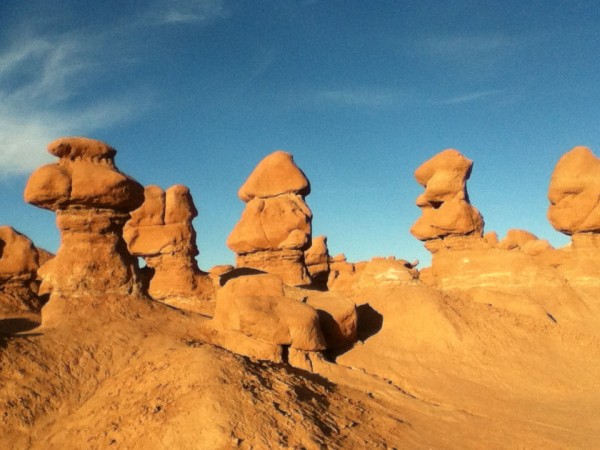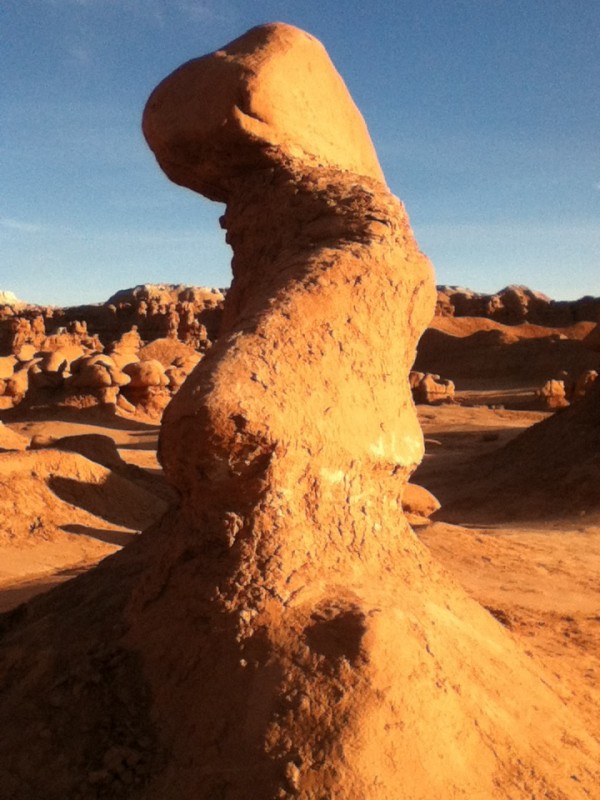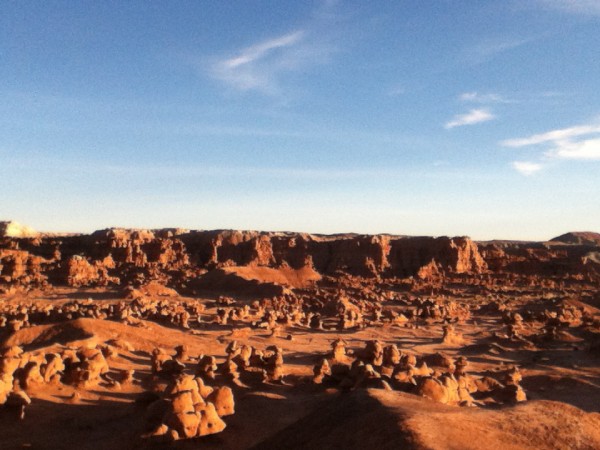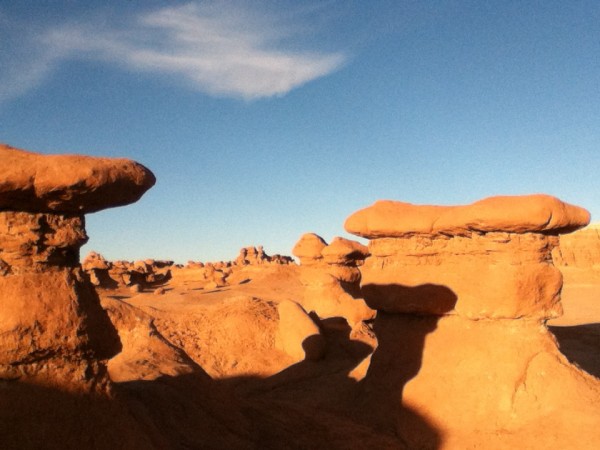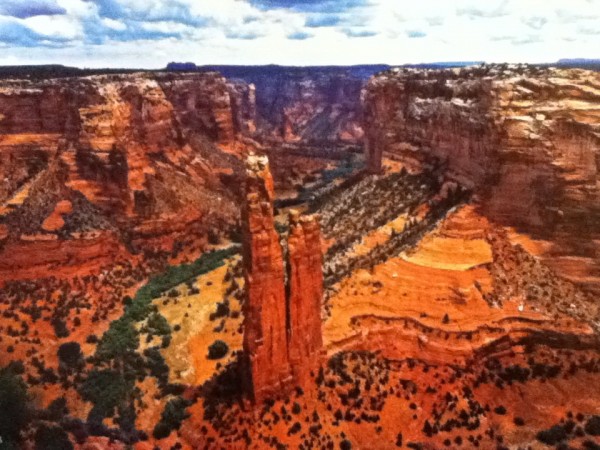Approaching OK from the top of Texas presented an opportunity to visit, “The Devil’s Rope Museum” in McLean, Texas near the OK border. Growing up weekends at my grandmother’s working cattle ranch, I know it is mean but crucial stuff. The museum reminds us of its application in trench warfare and boundary making, like the Berlin Wall. The museum also has great photos of the Dust Bowl, impacting thousands of acres in New Mexico, Colorado, Kansas, and Oklahoma hardest hit of all. Thanks to the U.S. Dept. of Agriculture’s propaganda, farmers tore out the centuries old Prairie Grass with 19 inch root systems, and planted wheat and cotton, failing to anticipate cycles of drought. “The soil just got up and left the county”, as did most of the population. My book group read, The Worst Hard Times, by Thomas Egan focusing on the very few who stayed, in spite of the walls of dust hundreds of feet high blowing in without warning, destroying lungs and livelihoods.
Heading further west into OK we visit Erick, with Route 66 buildings, and the Roger Miller museum. It kept me cheerfully humming, “Dang Me” and “King of the Road” for hours.
OKC is the horse show capital of the world. We unusually hit a week with no shows, having missed the Morgan Horse Show the week before, and the Reigned Horse (Western Style Riding) Show the following week. OKC was the site of the Grand National Rodeo until it moved to Las Vegas. The Cowboy Museum showcases great architecture and western art in the lovely Persimmon Hills, outside OKC. We went expecting to see a large exhibit of Nicolai Fachin’s studio and work, only to learn the great stuff had been sold off to keep the museum afloat. It had many of the same artists as in Santa Fe, so we didn’t stay long, feeling sated with red rock landscapes, and having seen better works by the same artists in Santa Fe.
However, we were very moved by the beautiful OKC Memorial for the 168 killed at the Federal Building. I remembered that my first thought upon hearing of the tragedy was hoping that the perp was a wacko white American, to avoid backlash to innocent foreigners. I got my wish. Timothy Mcveigh and Terry Nichols pissed off at the government for their bungling of the Waco, TX stand-off by other white separatists. The Museum describes the FBI search based on shards of the rental van found at the scene. Very dramatic was the use of chairs with the victims names, chilling however, the small chairs, casting small shadows to represent the child victims.
Gates at each end connected by a block long reflecting pool, note only two times: 9:01 the minute of innocence before the blast and 9:02 the response. Overall, our time in OKC felt somber as we reflected on this state’s citizen resilience, and their focus on gratitude, to the responders that provided assistance.

